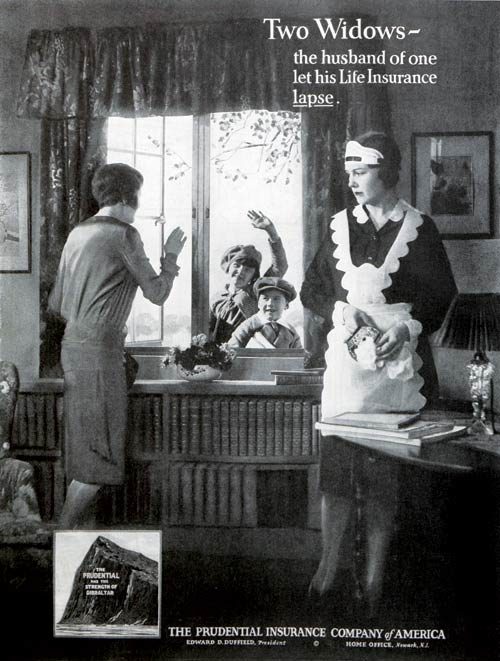
For years, Prudential Insurance’s advertising promoted the company’s rock-solid dependability with its Rock of Gibraltar trademark. But in the 1920s, it began emphasizing the dangers of being uninsured, graphically illustrating the fates that could await customers who let their life insurance lapse.
One ad portrayed a small boy shivering on a street corner, trying to sell papers in the midst of a pounding snowstorm — all because he’d been orphaned by parents who never bought life insurance. Another showed a rapidly aging widow barely supporting herself by sewing because a caregiver “had failed in his imperative duty.”
This series of frightening ads ran from 1926 to early 1930. With the advent of the Depression, Prudential backed away from its scare tactics. Americans of the 1930s no longer had to be reminded how uncertain life could be.
Here is a look back at some of the more frightening scare tactics Prudential used in ads that appeared in the Post during the 1920s.

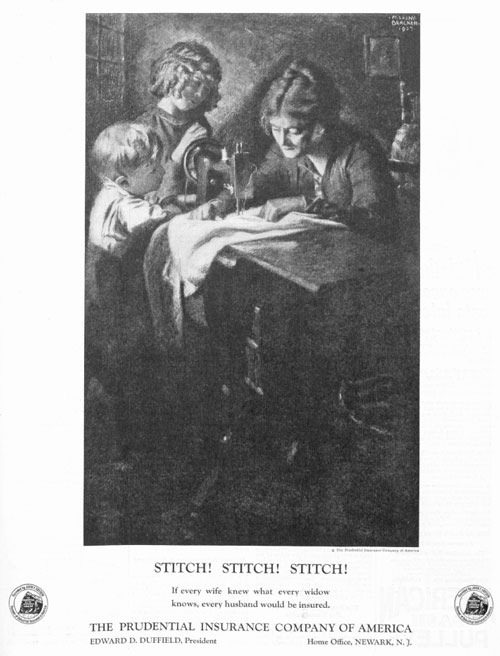

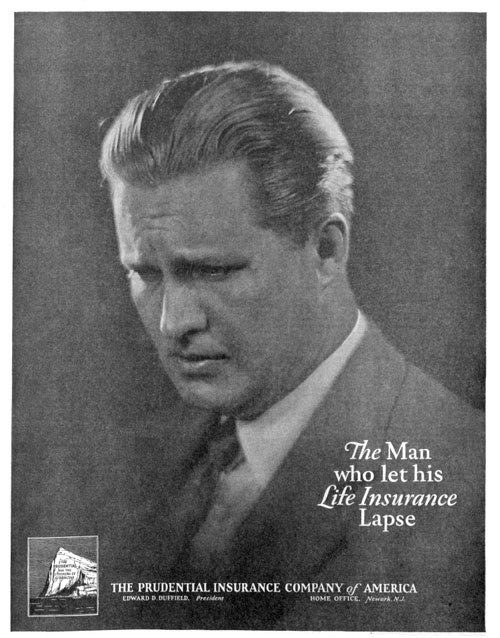


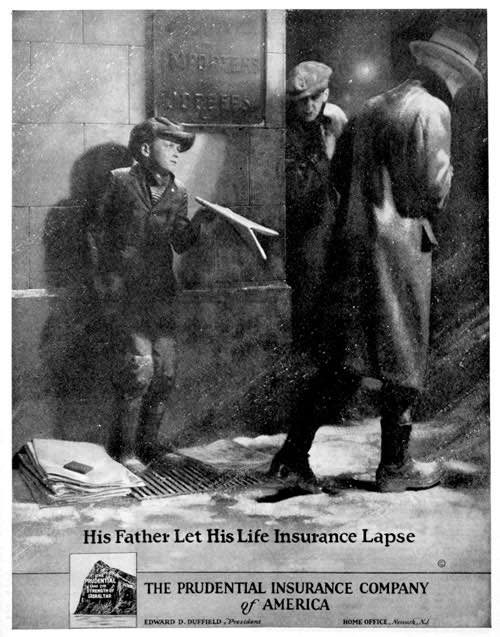
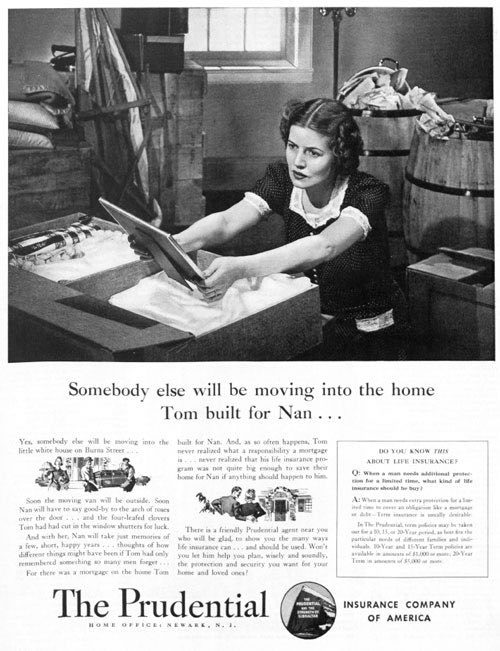

This article is featured in the July/August 2017 issue of The Saturday Evening Post. Subscribe to the magazine for more art, inspiring stories, fiction, humor, and features from our archives.
Become a Saturday Evening Post member and enjoy unlimited access. Subscribe now
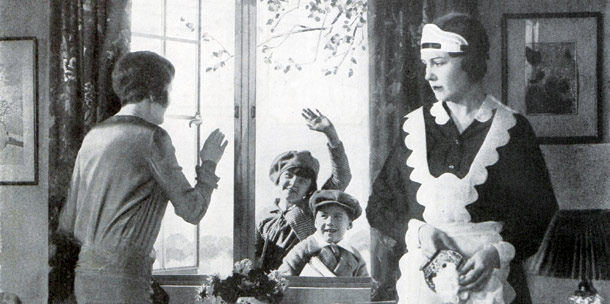



Comments
Here are some harsh realities of early 20th century America.
1. There were no antibiotics.
2. There were no antivirals
3. There were no emergency rooms.
4. X-ray machines were few and far between.
5. A lot of people were diagnosed with appendicitis *after* the autopsy.
6. The average lifespan was 57. Which means you were middle aged at 25.
7. Infant mortality rate was 85 deaths per 1,000 live births. This was within the first year. That’s 8.5 out of 100.
8. There was no welfare, no WIC and “Poor Houses” rarely had vacancies because there were more poor than widows.
9. The man worked and paid the bills and the wife stayed home, kept the house and took care of the kids. If he died she either lived with relatives, was put out on the street or lived off his life insurance money.
Scare Tactic?
Or a sign of the times?
These ads are pretty shocking, playing the guilt card in a nasty (yet still disguised) manipulative way I’ve never seen before in any print ads. I wonder how many present day executives have ever seen these ads? No doubt some of the men would be mad at this POST feature.